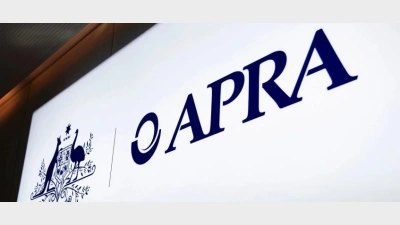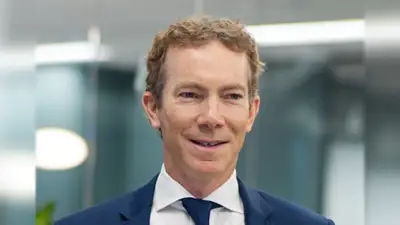ASFA hails Government's net-zero plan



The Association of Superannuation Funds of Australia (ASFA) has welcomed the Government’s ‘Long Term Emissions Reduction Plan’, saying it highlighted the role that patient superannuation capital can play in funding technology required to achieve net-zero emissions by 2050.
ASFA chief executive, Martin Fahy, said: "We welcome this announcement and the further opportunity it provides for superannuation funds to participate in Australia’s transition to a low carbon economy. Superannuation funds have led the charge on renewables and sustainability and the release of the plan provides further impetus to that”.
ASFA brought attention to its recently-released discussion paper which signalled a commitment to net-zero greenhouse emissions for superannuation funds by 2050. The paper intended to highlight the risks of climate change and the impact it was expected to have on investment portfolio performance of superannuation funds.
"In the absence of a commitment to net-zero greenhouse emissions by 2050, the superannuation industry stood to lose billions of dollars in investment returns on behalf of their members, which ultimately translates to less retirement savings," Fahy said.
ASFA noted that the Government’s announcement would provide the policy certainty needed for funds to accelerate their investment in renewables and related technologies and it welcomed further discussion and collaboration on this key issue.
Recommended for you
The fund has strengthened its leadership team with three appointments to drive its next phase of growth and innovation.
ASIC and APRA have warned many trustees have failed to meaningfully improve retirement strategies despite the retirement income covenant being in place for three years.
Super assets and contributions increased in September to $4.5 trillion, though at a slower pace than the previous quarter.
The fund has delivered double-digit annualised returns across key options over its first three years since launching in 2022.









